Amid the current crisis, it’s not surprising if you didn’t hear the news that Leica has dropped the venerable Summarit line of lenses. As usual, the faithful customers were not informed, but dealers confirmed the rumours on March 10.
Perhaps it is time for an obituary of this underrated line of M lenses. And, certainly, time to buy one as long as you have the chance to get it. You might even get a discount these days.
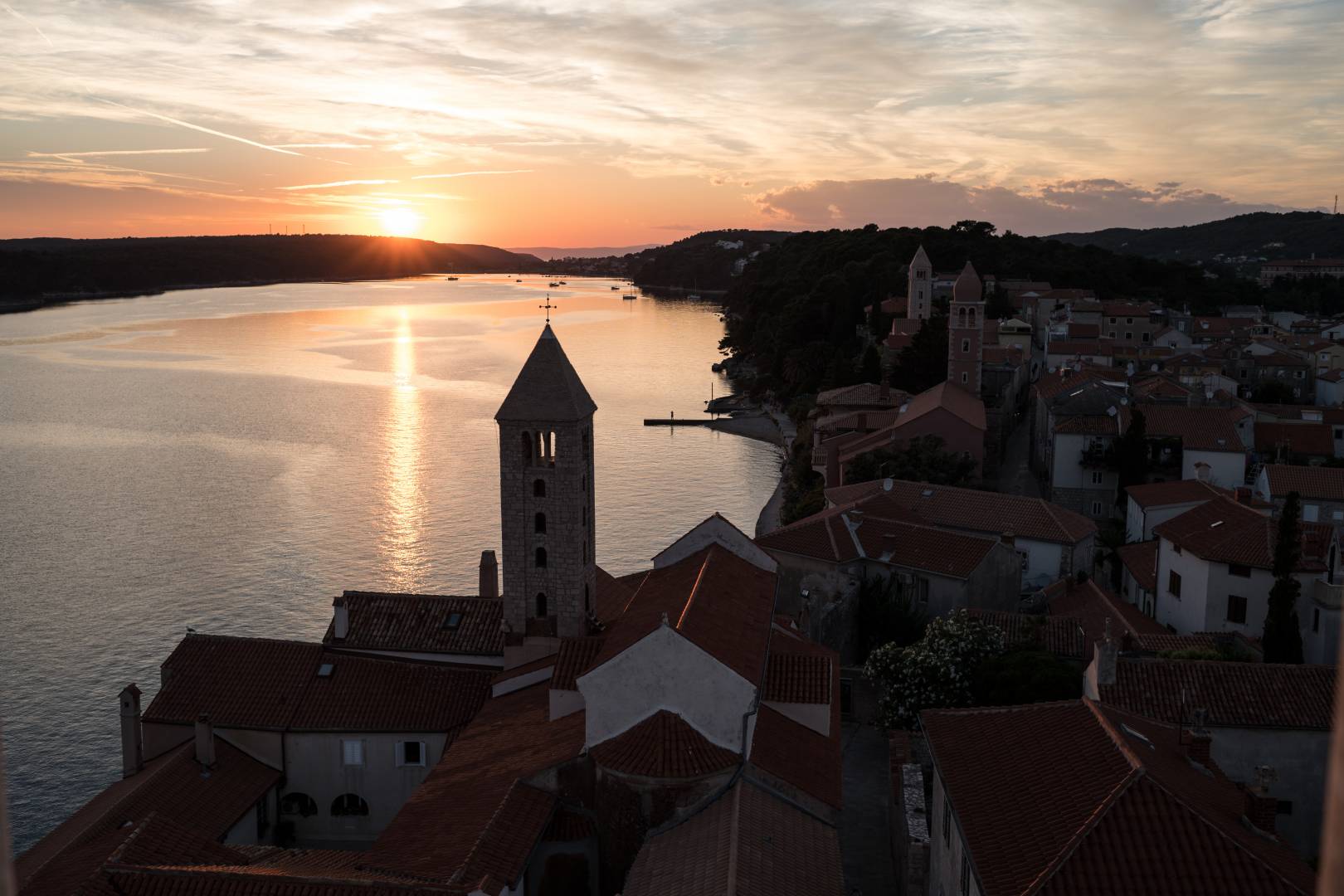
In a way, it was a bold move back in 2007 when Leica first announced an entire line of new lenses. They were called Summarit, echoing the successful f/1.5 Summarit launched in 1949 — then Leica’s fastest lens. The new lenses all featured a maximum aperture of f/2.5, half a stop below the long-established and prestigious Summicron line.
The quartet of 35, 50, 75 and 90 mm designs covered the most important focal lengths for M users, given the fact that a not-so-expensive 28mm (the excellent Elmarit) had been launched not so long before.

Stigma of being the poor man’s gear
From the first day, the Summarits carried the stigma of being the poor mans’ lenses, probably also triggered by the fact that they were initially delivered without the tailor-made leather pouch and, certainly more annoyingly, without lens hoods. If I remember well, the hoods were sold for an extra €100. Still, these optics were, at prices between €1,000 and €1,250, quite affordable, by Leica standards at any rate.
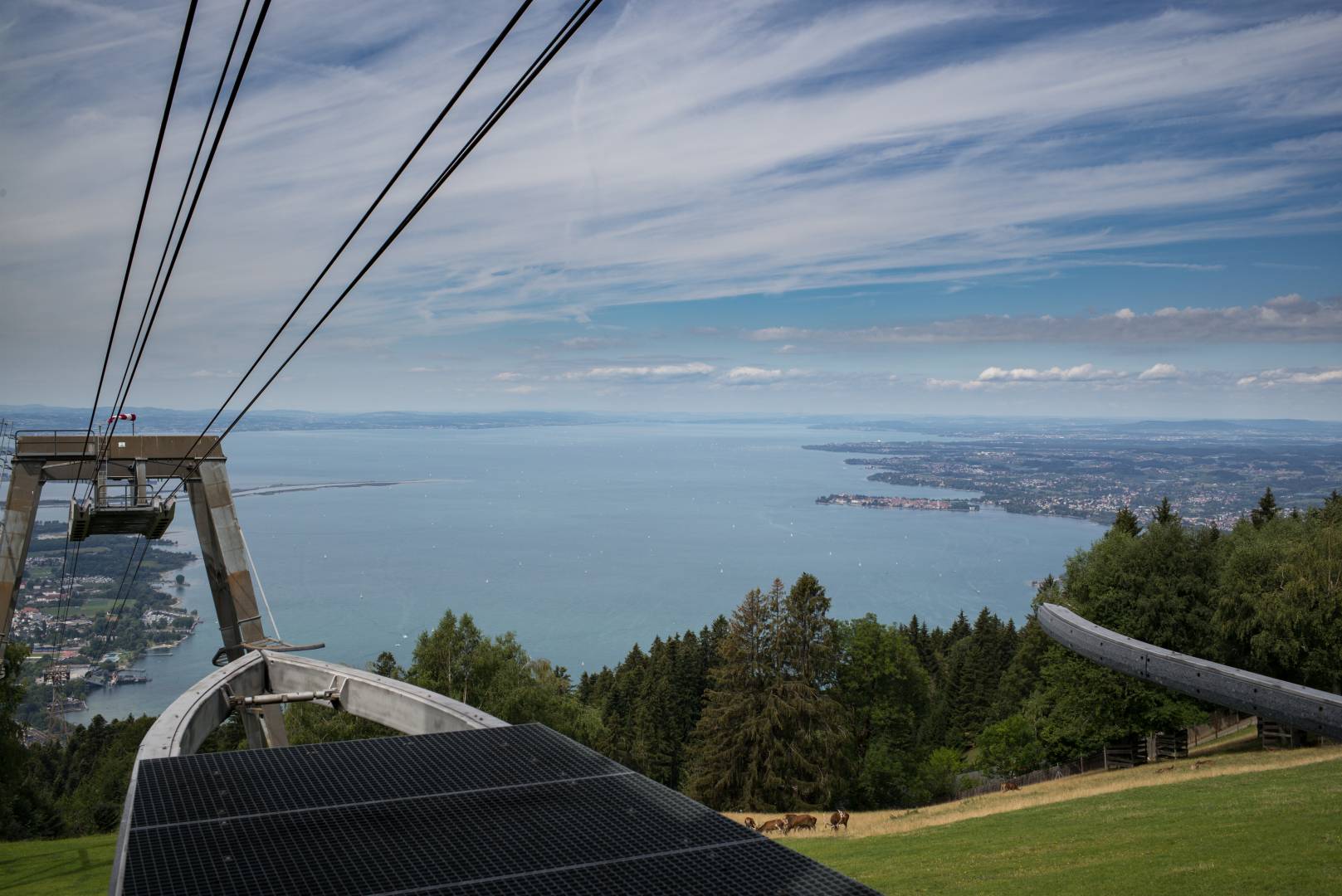
Perhaps because of this, the Summarits were never a real success. Dealers tell me that they sold relatively few, and many were traded-in for more prestigious lenses once the buyers acquired the taste for rangefinder photography. Of course, this was no help for sales figures. But Leica did not give up on the idea of affordable lenses especially for newcomers who might be more inclined to buy new gear instead of taking the risk of investing in second-hand lenses.
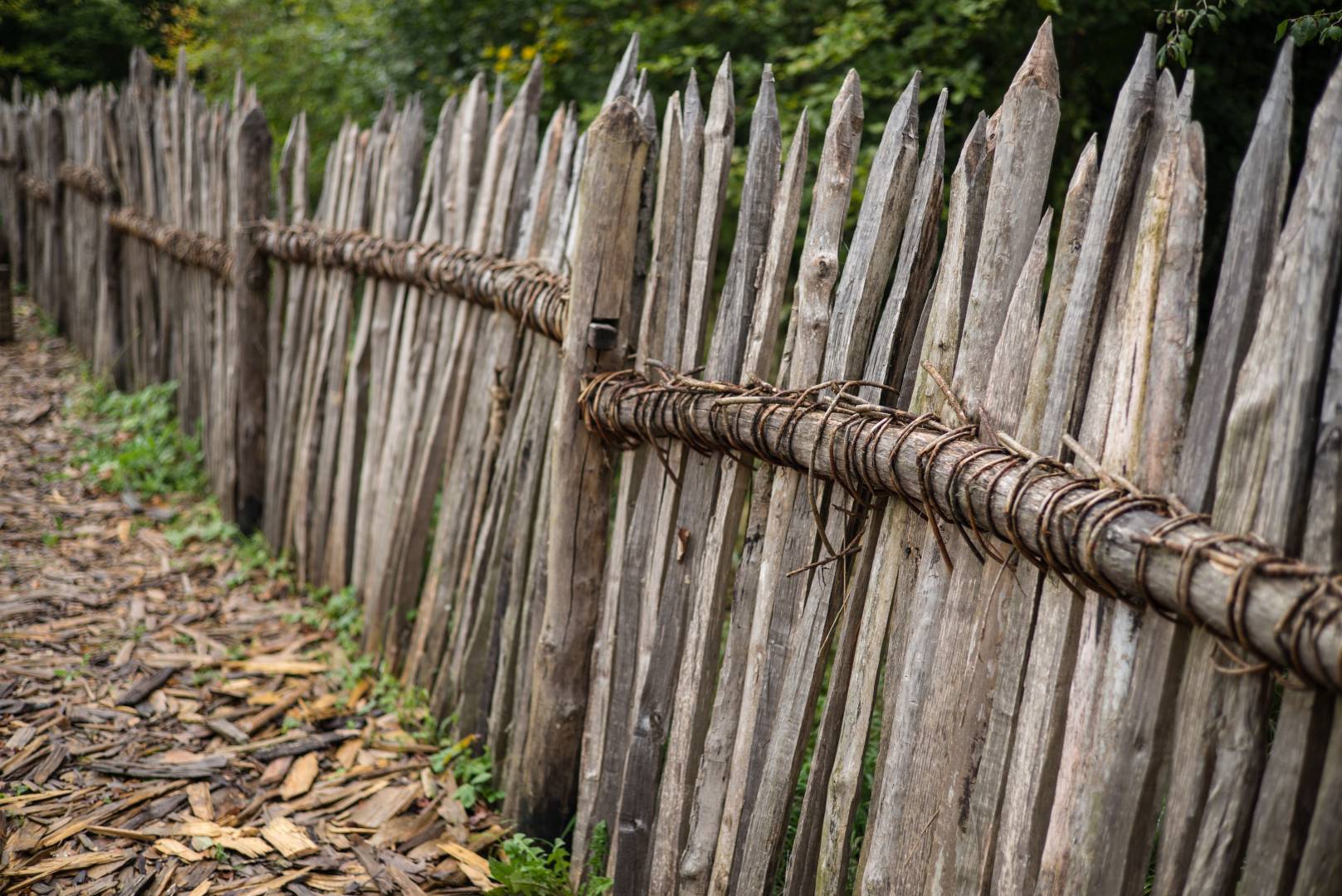
f/2.4 and a more beautiful design didn’t help either
Seven years after the first introduction, the Summarit line saw a major relaunch. The initial f/2.5 aperture was widened fractionally to f/2.4, but there is much evidence that the optical formula remained the same. However, lens hoods were now included, and especially the ones for the 35 and the 50 had a beautiful design that we have since seen on the Q. And there were silver versions now, albeit not in the solid brass-chrome finish of the earlier days but in anodised aluminium which is much cheaper.

I have heard rumours that Leica has taken the Summarits out of the program because they were allegedly too cheap or cannibalised the more expensive Summicrons. From my point of view, that’s nonsense. The second edition of the Summarits did not sell well either. Although they were significantly cheaper than the Summicons, which are only slightly brighter. And even though they were often optically equivalent and even though they did mechanically meet Leica standards.
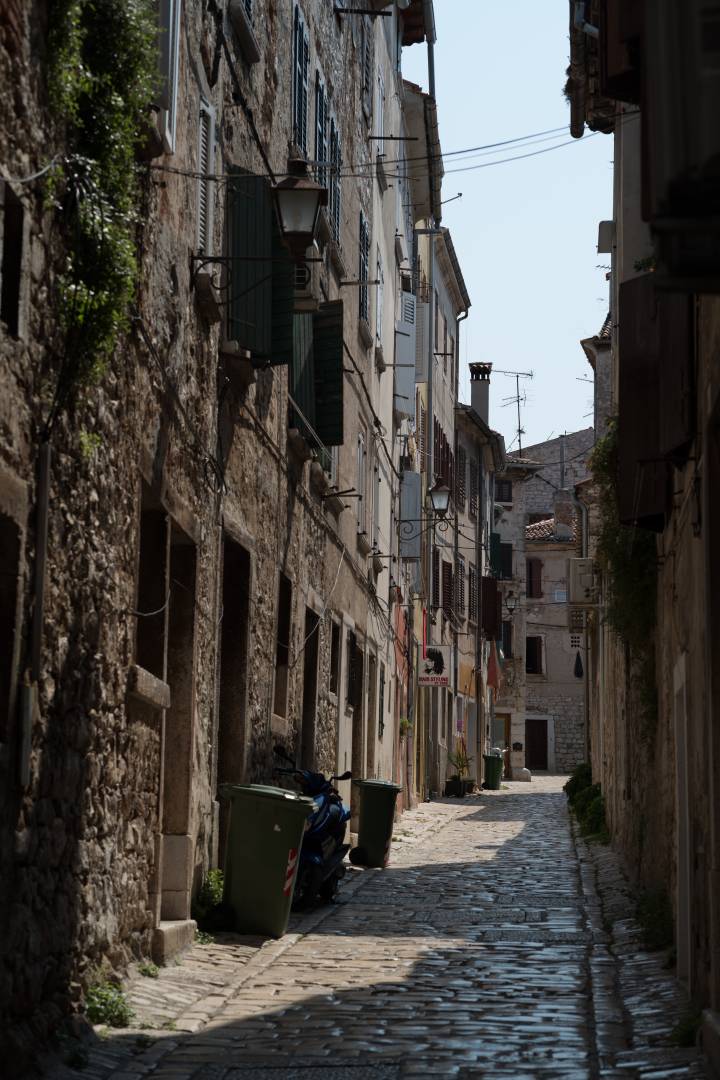
Fair pricing until the suspension
Also, the pricing remained fair. The Summarits underwent only comparatively moderate price increases over the years. If you count in the lens hood, the 35mm rose from €1,350 to €1,850 over 13 years. Other lenses saw a much heftier rise. No, the Summarits were just not successful. I recently bought a beautiful silver 75mm (after the silver versions were discounted because of discontinuation) in a flourishing Leica Store. It was manufactured in 2017 according to the factory label. Any questions?

Probably it is part of a certain Leica tragedy with the company’s constant shift to becoming a luxury brand. Down-to-earth products that meet the needs of many amateur users and that are a reasonable investment for pros tend to get squeezed out of the shiny cabinets of lifestyle products. A maximum aperture of f/2.4 is an excellent starting point for available-light photography in times when ISO 6400 is not a problem anymore. If you want a great amount of background blur, use the 75mm. At f/2.4, it has a depth of field of 40mm at the familiar portrait distance of 1.2 metres. Difficult enough to focus, I suppose.
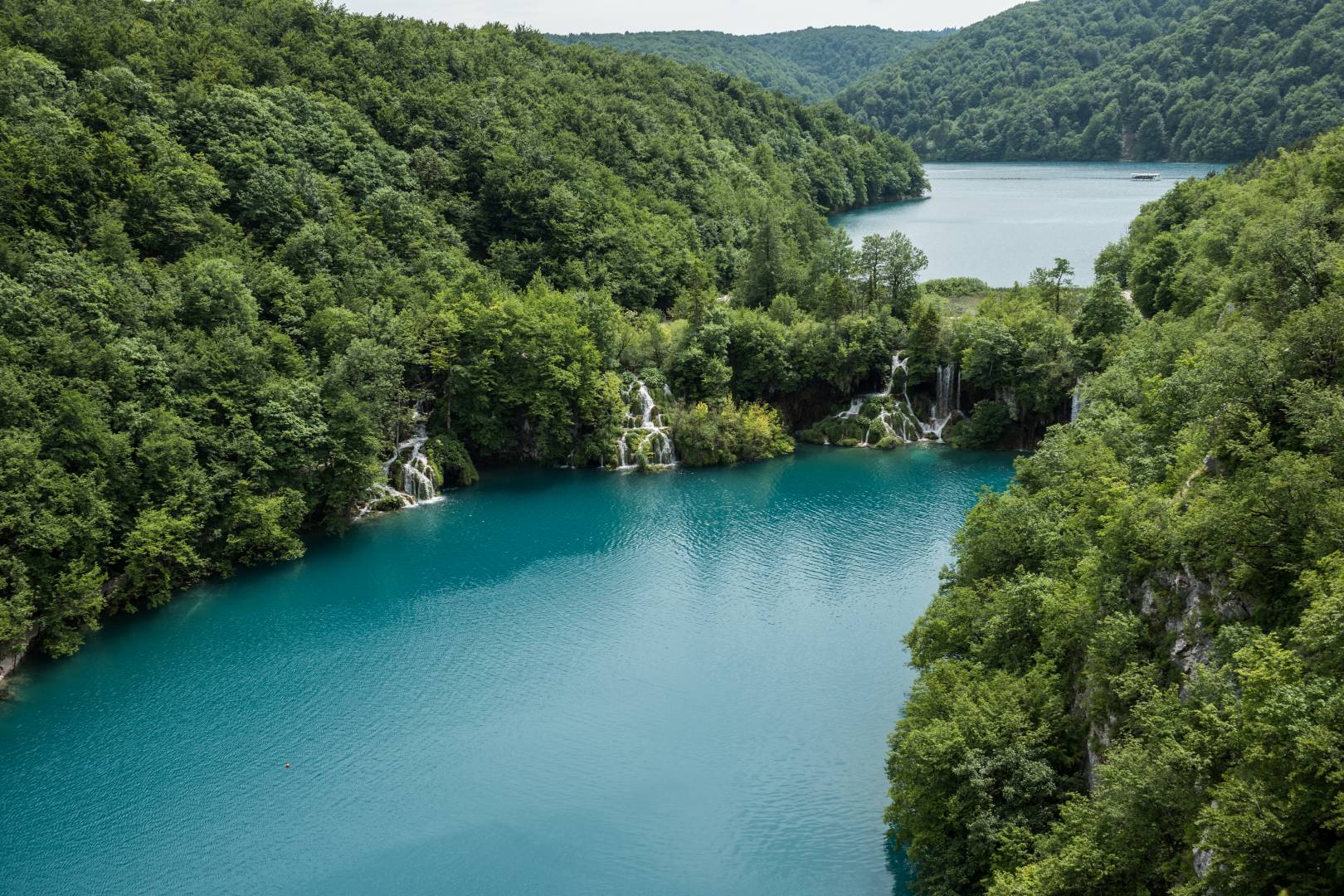
A secret tip that tragically remained a secret
I don’t know why, but the Summarits never got the justified praise for their optical qualities. They remained a virtual secret right up to the very end. This could also be because many dealers never promoted the Summarits because of the lower profit margin on entry-level products. The 35mm (if labelled f/2.4 and ASPH, or plain f/2.5) is excellent, and I prefer it to the Summicron. Mainly, but not only, because of the sturdy hood. The 75mm is excellent, too, and certainly enough of a challenge to photographers when used wide open. Sure, it lacks some of the qualities the Summicron-M shows, but I would argue that it represents much better value for money. Both the Summarits are in the top league of Leica M lenses as far as I can tell.
I also own the 90mm, but to be honest, I don’t use it that much. It seems to be on par with the last edition of the f/2.8 Elmar-M. I have a well-used copy of this latter one, and I prefer it for the built-in hood and simply because it never, never, never had let me down. The 50mm Summarit is beautifully built as is the 35mm, and I like it, too. Many users say, however, that they prefer the rendering of the recent M lenses line, the Summicon-M with its 1979 design.
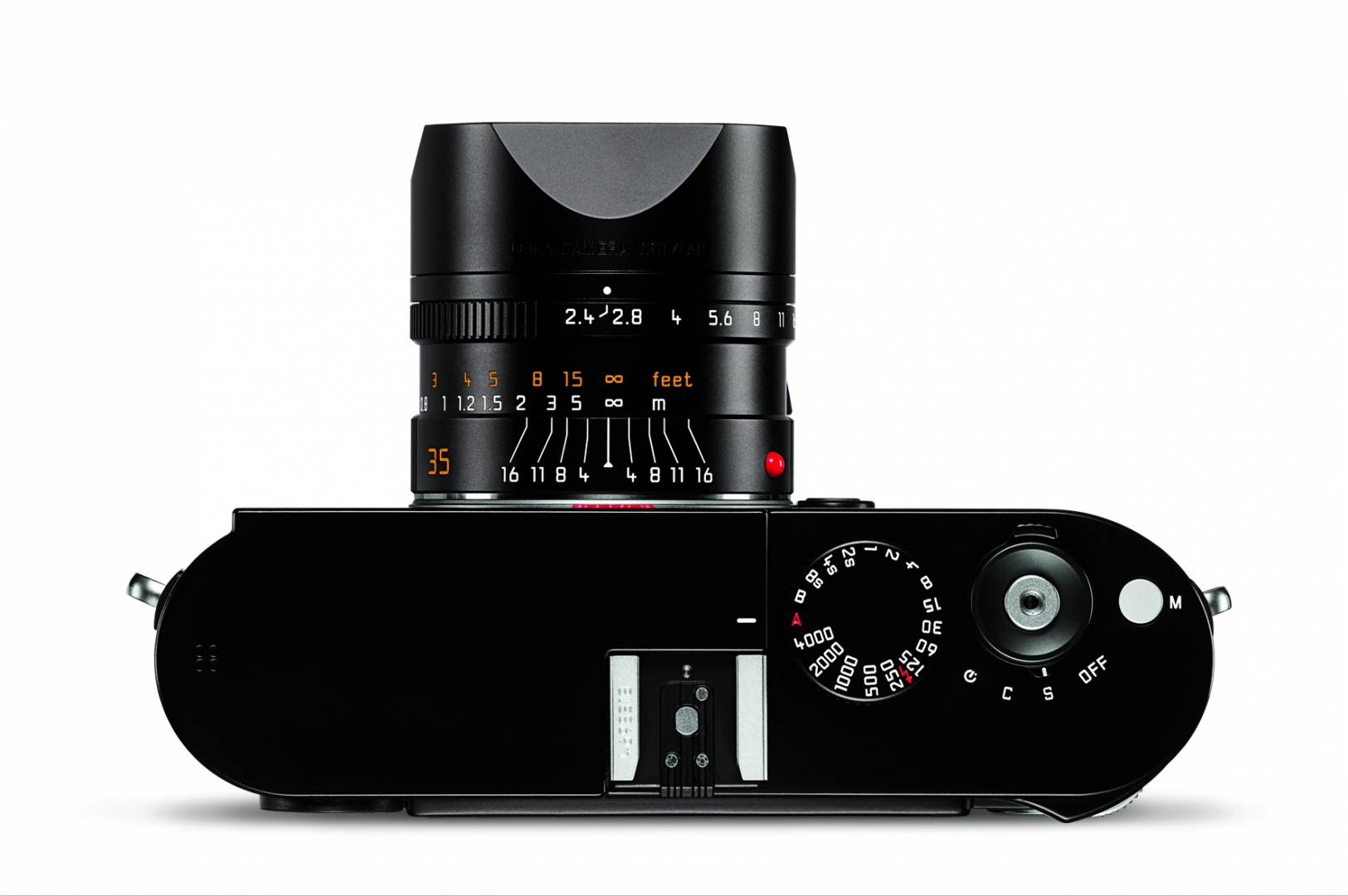
Used Summicrons? At today’s prices no real alternative
With exploding prices for used M lenses, a second-hand Summicron is no real alternative to a new Summarit anymore. Not for the 35mm, where the pre-ASPH have crazy price tags by now, and not for the 75mm. With some luck, you will get a good 50mm Summicron (by the way, almost a bargain brand-new so far) at a decent price but most likely it will be without 6-bit coding and certainly without Leica warranty. Only in the 90mm sector can Summicrons, especially the excellent recent APO version, offer real seduction.
It just remains to say farewell to the Summarits. Their talent was never really appreciated. These are small, very good and very likeable lenses for the Leica M. There is still a chance to get hold of one new. I can especially recommend 35mm and the 75mm versions. It is fun to take pictures with them and they are good enough for almost any task. Which is something you can’t always say of us Leica owners.
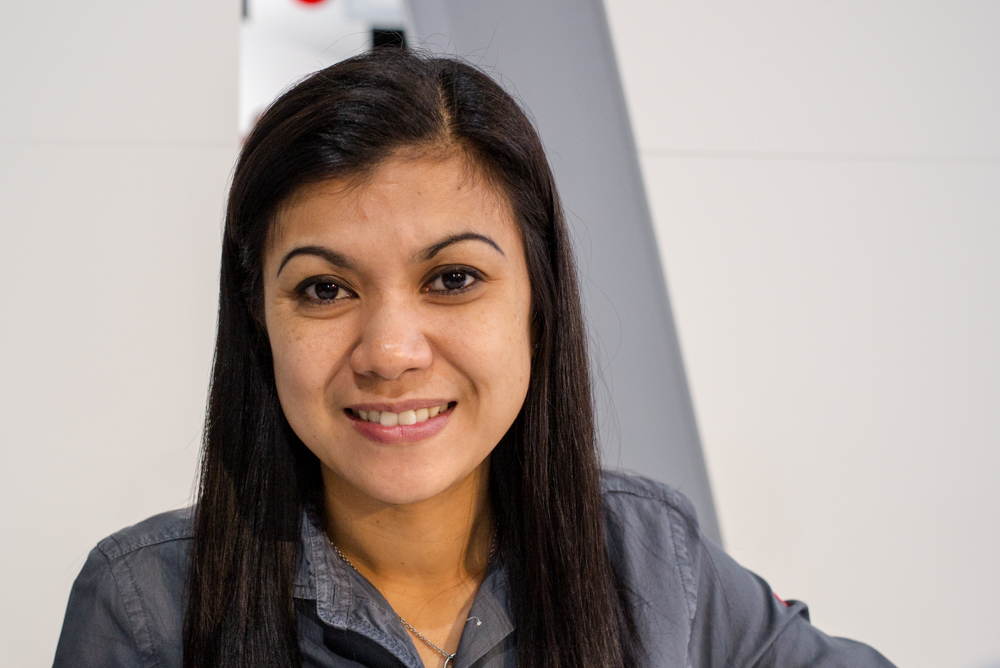
Support your dealer right now
And one last appeal: Support your Leica dealers like my favourite Leica Store Konstanz in this time of crisis. The staff there are real experts, English speaking and familiar with customs procedures. All over Europe dealers have had to close down their shops, because we all have to fight against the spread of the coronavirus.
If you don’t want to be left in a world after the crisis where a few big multinationals alone can make the rules, you should support the small, independent retailers (photoshops, bookstores and all the others). Many take orders by phone or e-mail, even if they don’t have an online shop. Just ask and have the goods delivered.
Many of us are currently worried about money. Others can take it more easily. For them, at least, it might be the best time to invest in a Leica product. And a Summarit is by far not the worst idea.

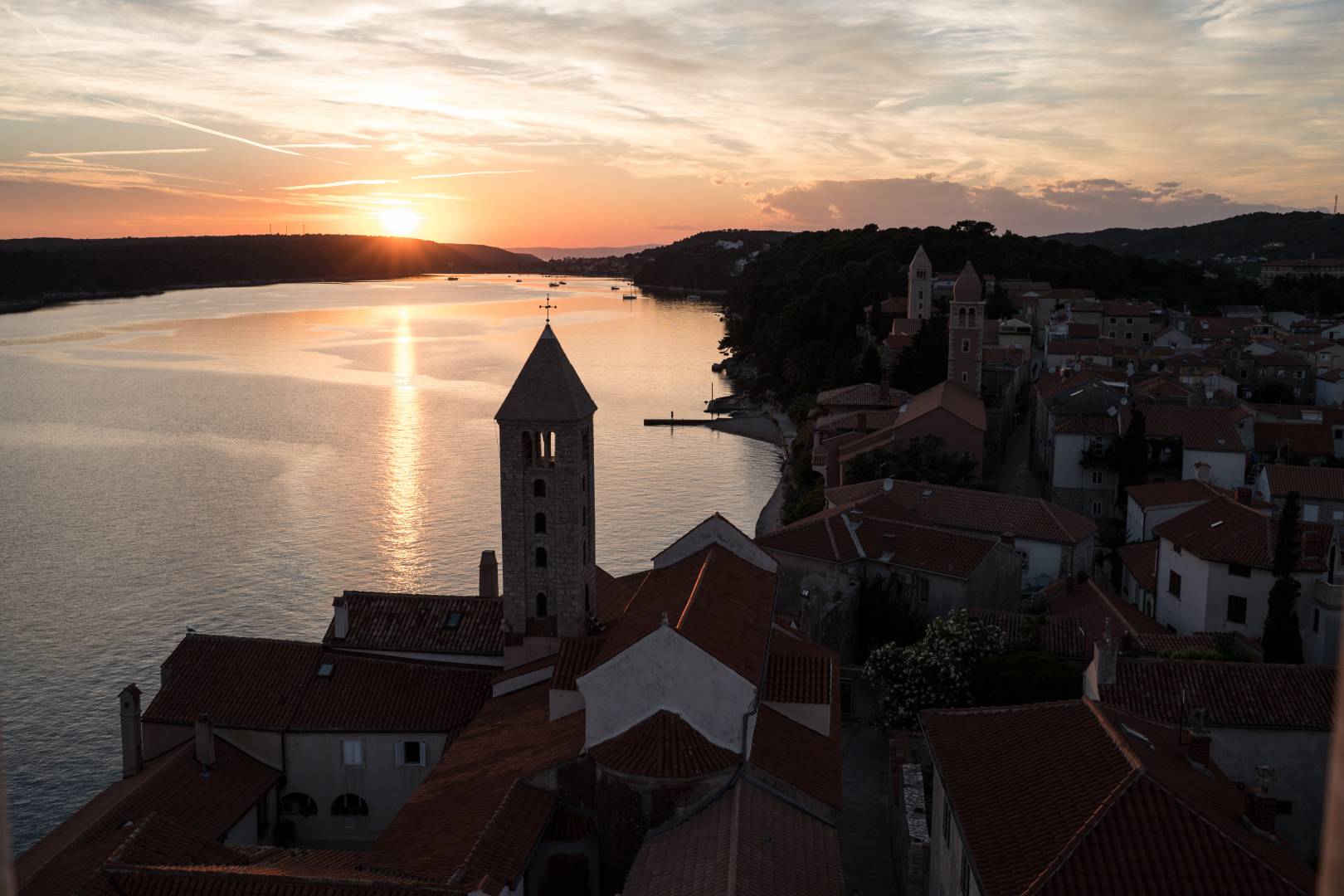
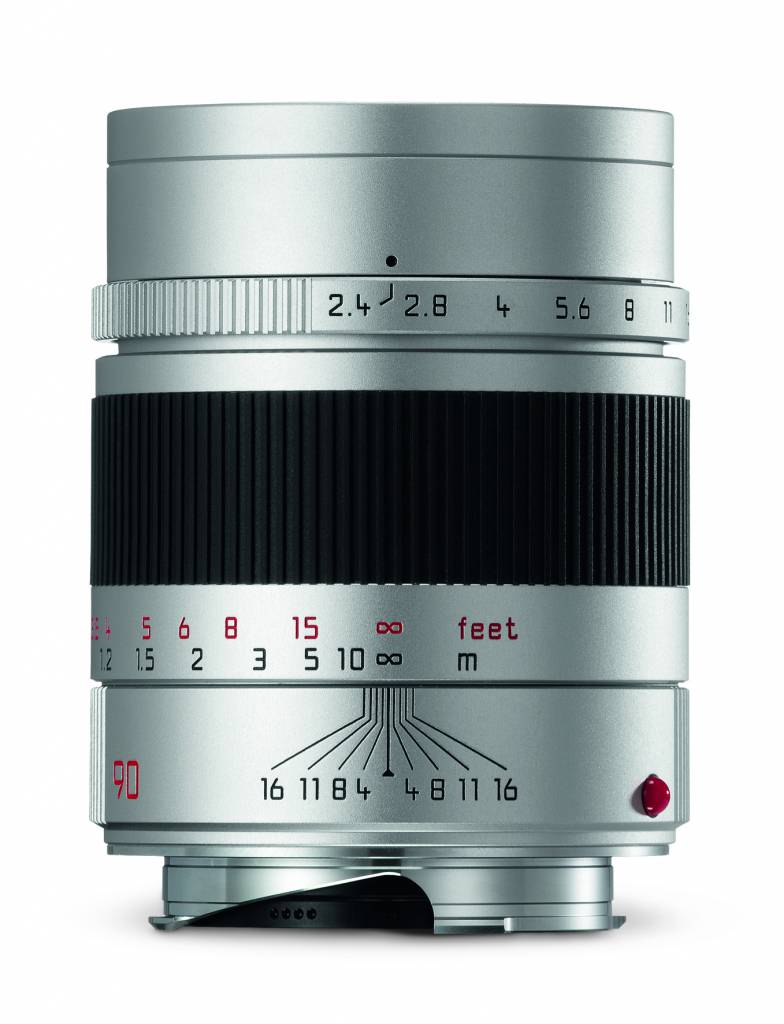
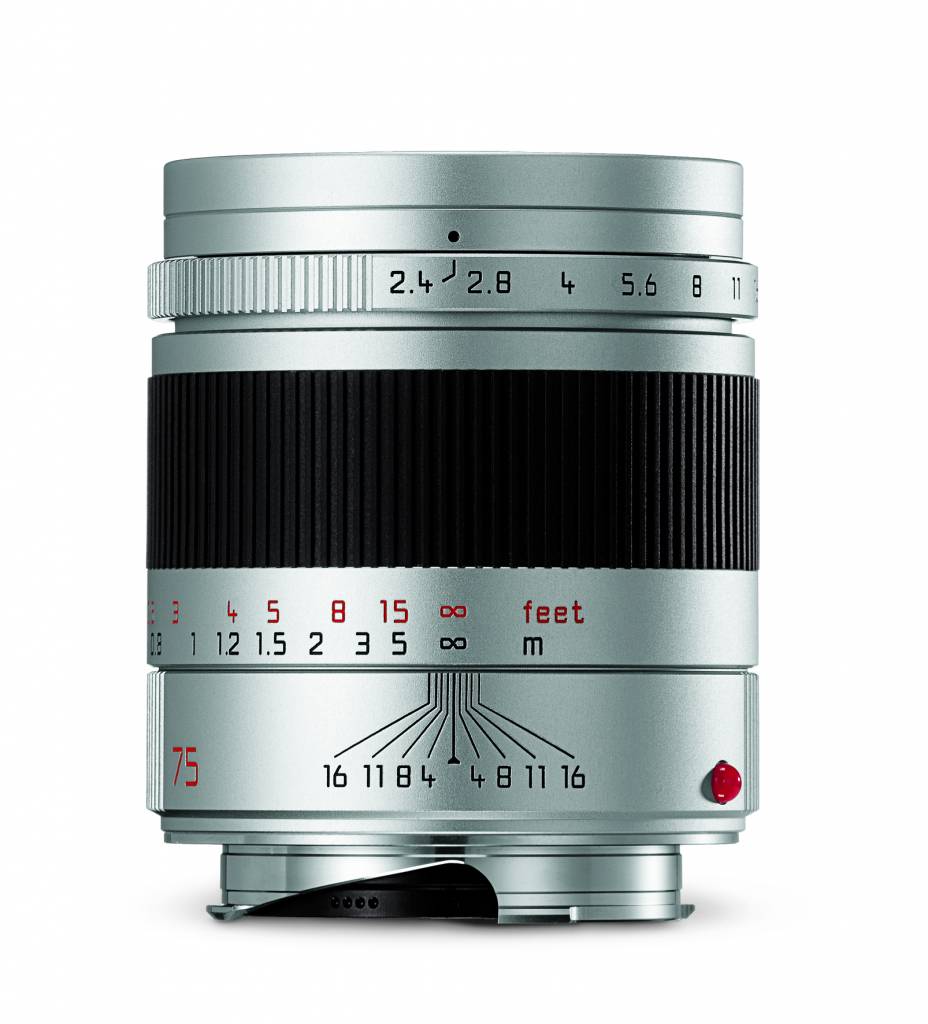
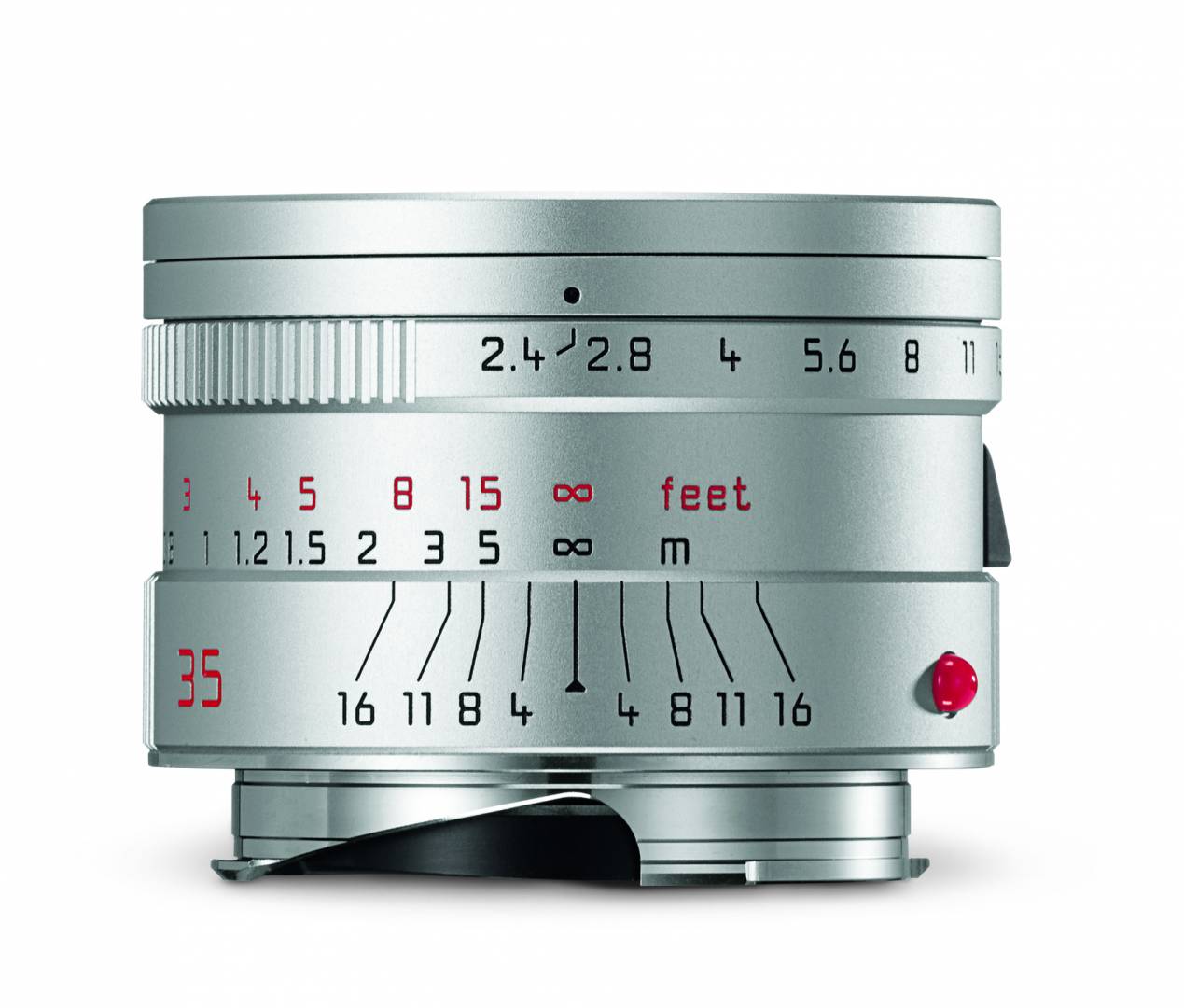
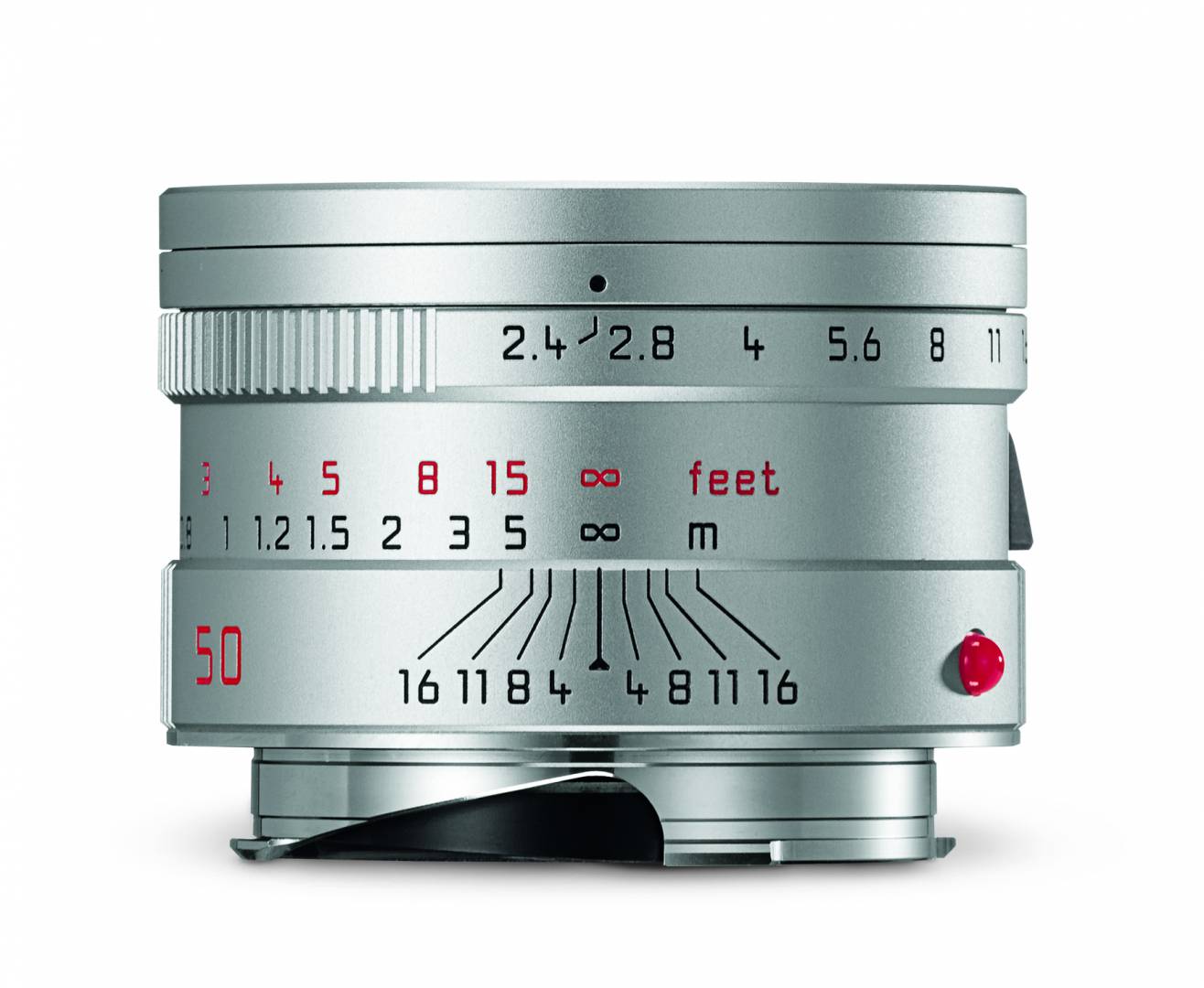
For those interested, RedDotForum launch a petition a while ago to bring back the Summarits:
https://www.change.org/p/leica-bring-back-the-leica-summarits?redirect=false
When I bought an M8, I purchased a Zeiss ZM 50mm f2. It never quite worked for me; I had a very hard time getting the focus right — though friends managed it just fine.
After sabout a year I stopped at the Austin TX Leica dealer, precision camera and tried the Summicron 50 v4 I believe. It was all over in a minute: ‘this is what the camera is really capable of?”
As an aside: I ket being drawn away from the article by the astounding photos. When I see images at level somehow my heart expands and I just smile and smile.
That nasty little Zeiss 50mm f1.5 is – to me – a horrible little lens, but Michael (Evans) was (is?) really keen on it ..so mine went to him, and (I believe) he really likes it. But it’s known for ‘focus shift’ wide open ..and I could never get the focus right. Ugh. Why make a lens that’s sometimes in focus ..and other times not?
[Just a little advice here: DON’T try the 50mm APO ..you’d immediately hand over your wallet and your entire life’s savings ..so please DON’T TRY IT!]
Dear David, I agree.
When I take photos, just for myself or professionally, I want to work with reliable tools and not play in a lottery. Perhaps I have the chance to try out the Sonnar at one point. Up to now, I am inclined to believe that some of the fanboys of this lens just want to their genius that is so strong that it even tames that beast.
By the way, I was recently at an event in the Konstanz Leica Galerie with the famous reportage and advertising photographer Dieter Blum (he shot the Marlboro campaign in the late 80s). He is over 80 now but alive and kicking. Around his wrist he had a… Minolta CLE which he used for snapshots from the hip. The framing might be poor but he caught the best moments repeatedly.
Best, JP
Thanks, Kathy, for your kind feedback. I think it is very normal and good that different photographers have their different preferences. I do get along very well with the Planar, but that does not automatically imply (or expect) that any other person has the same experience. In this respect, you are fortunate to have found you perfect 50. I hope it will be you companion for a very long time! JP
Re-reading Mr Rau’s excellent piece and his further comment, above, that he’d like to hear reports from intensive users of the Zeiss ZM range, I have only one (admittedly brief) experience. I own the 35mm f2.8 ZM Biogon; it’s a beautiful looking lens, nice to handle, looks great on my M262 and results are very sharp with very good colour and contrast. Most positive reviews of its optical performance are, I think, justified.
Unfortunately, however, I can’t bring myself to use the lens anymore. It started to bleed grease from the focus helicoid mechanism at the rear while mounted to my M which, obviously, might have been catastrophic. Dale photographic in Leeds returned the lens to Zeiss for me but it came back with the same issue. A second return and repair seemed to correct it, but I cannot trust the lens again – it worries me to use it. I also felt that Zeiss’s attitude and customer service wasn’t what I expected: Dale told me that it wasn’t policy to replace the lens (still, incidentally, within warranty). Zeiss were inaccessible to me other than through Dale; information, updates and reassurance weren’t provided unless I asked, the process was very lengthy, and the whole experience soured my enjoyment of the brand – to the extent that I won’t use it again.
My experience of Leica has always been totally different, the exact opposite in fact. Even on this occasion – caused by a rival product – Leica Store Manchester checked out my M to ensure there hadn’t been an ingress of grease, free of charge. In the past, my out of warranty, four year old M9 had its corroded sensor replaced free of charge (in line with Leica’s policy at that time).
To return to the original point of the Summarit range, Leica is a premium brand which includes even its “cheaper” ranges. By any measure, the Summarits are of outstanding quality but Leica’s policy and philosophy includes all of its products, regardless: its attitude to customers and customer service extends well beyond their original purchase. If your support or service need is genuine, then in my experience, you will be looked after. Leica cares about its reputation and this is certainly reflected by the people at the Manchester store.
My Leica Q, M262 and Summarit 75 continue to perform as they did when they were new but, if they didn’t, I have total confidence in the way Leica supports its customers. You get what you pay for. I wish I’d bought the Summarit 35 instead of the Zeiss Biogon but, on the other hand, I learned a valuable personal lesson & I won’t make the same mistake again.
Thank you, Chris Nebard, for sharing these insights.
Probably you came across my The M Files project here on Macfilos. It features one episode about the ZM lenses as a non-Leica offering for M mount (whether or not it is an alternative, is up to you to decide). I found the small 35 Biogon optically convincing. I encountered no mechanical issues on any of the lenses I used but I heard about it. Your experience confirms these reports, and I am sorry to read about your problems.
I fully agree that in the 35 and 75 millimetre department the Summarits might be the best choice if you count in all aspects including customer support, longevity, and value retention. In the 21 and 24/25 range, ZM lenses proved to be just excellent in all respects. I also liked the ZM 50/2 (the Planar, not the 50/1.5 Sonnar which is notorious for focus shift) but I would not hesitate to recommend any newer Summicron or Summarit. The latter ones start to sell second hand over what they cost new a few years ago. Quod erat demonstrandum…
JP
I have owned Leica M cameras since 2013 and have been fortunate enough to use the Elmarit 28mm, Summicron 35mm, Summarit 50mm, Summicron 50mm, and the Summilux 50mm. I have nowhere near the experience of true Leicaphiles but the 75mm Summarit f2.4 (currently glued to my M) is the equal of any M lens I’ve used. I love it. I’ve used it on my M262 since 2017 and I won’t be upgrading. I may yet invest in a Summicron 50mm but, to be perfectly honest, I’m probably being greedy. That Summarit 75 – paired with my Leica Q (original version) – gives me everything I need. The Summarits are great lenses.
I’m convinced it was because of those awful rubber band focus rings.
On April 2014, I bought at Rome Leica Store a Leitz Special Offer for Leica m-e in kit with Summarit 50mm f2.5 free of charge. Total kit price Euros 4.995,00 practically you pay only the m-e body.
Cost of the Summarit in invoice was Euro 1.744,00. At the moment of retiring the ordered kit I asked the Leica Store the value of the Summarit for their buy back and buying suddenly other Leica goods.
For the Summarit still in unopened box with 0 days life and 2 years warranty the offered me Euros 600,00. I refused this ridicolus offer and after 1 year in wich nobody offered me more than Leica Store I changed it in a Voigtlander Store for a new Nokton 50mm f1.1.
Any other comment?
A very good article on Summarit lenses written by Erwin Puts.
Link: https://photo.imx.nl/leica/lenses/page83.html
This strikes me as a familiar story — one similar to the X Vario. Could the company have had a more robust response to the low public reception considering, as you all vouch for, the excellent quality of the lenses? Would better PR pre- & post-launch have improved the chances of the X Vario and the Summarits? I think you put that very well when you say, “it is part of a certain Leica tragedy with the company’s constant shift to becoming a luxury brand”. Shouldn’t luxury brands stick to making luxury items or never compromise on technical or aesthetic qualities, except for price, if they want to beat negative public opinion?
Great write-up, Joerg-Peter.
The Summarits seem an interesting case study in “prestige” or “high-value” niche positioning. There definitely seems to have been a train of thought where “if I can afford a Leica M, I definitely need the more prestigious Summicron line”. A real Leica product somehow became stigmatised as not a real Leica product. Which likely reinforces the belief at Wetzlar that “entry level” is a waste of their time and resources. I also wonder if the genuinely cheap options from 7Artisans etc sounded the final death knell for the Summarits. They ended up in no man’s land?
Jason
I just think be happy if you have any LEICA lens fixed, or ICL. Love that street photo and your portrait shots make me envious! Thank you.
I agree 100% that the Summarits were underappreciated little gems. I purchased a close out 75/2.5 from Photo Alps a few years ago for under $900. Absolutely amazing price, and Boris is very good to deal with. This lens has never let me down and has produced amazing images for me. Let’s see if equal bargains can be had with the lenses being discontinued.
Thank you very much for your kind comments. I am happy to read that there are quite some people who also are very satisfied with the Summarits. I will continue to use them, especially the 50 awaits the real discovery.
At any rate, my limitations (John Ashbourne, I fully agree with you) are not the lenses but the factors that lie within myself or the circumstances I shoot under – talent or time, lack of patience or lack of speed, laziness or complacency.
David B. mentions the Zeiss ZM lenses. I would love to read a report from someone who worked intensively with them. Long ago, I had the 21/2.8 which was great for film. Unfortunately, I sold it long before I moved to digital. Later, I owned a 18/4 which was disappointing on the digital bodies mainly because of heavy colour fringing. I sold it after some months and learned once more how well the Leica lenses keep their value.
Long story short – it’s nice to get involved with the equipment. But more important is it to work on your own technique as a photographer. Whatever camera and lens you use.
I agree entirely with your article. I bought a 75 2.5 three years ago but only used it intensively for a few months as my wife surprised me with a 75 ‘cron as a present for a significant birthday. Since then I have occasionally shot them side by side. It really takes effort to reliably distinguish which is which in many cases. The summit has never let me down has produced award winning images and I can feel little if any difference in the build quality between the two – the ‘cron is slightly heavier of course. I will sell the ‘fit rather than have the two but if the ‘cron were not a special present it might be a toss up.
It may not be p[opular with some but these minute and subtle differences in the performance of lenses is often far less than the margins of our own individual photographic competence I believe.
I had the 75mm Summarit and found it to be a remarkable lens. However, I eventually traded it and bought the APO 75 Summicron, not much difference in image quality when “stepped down” to maybe f5.6 but the APO, as one would expect, was superior wide open.
Beautiful images Joerg-Peter. If I were to come back to the M system the 35mm summarit would certainly be my first choice but I can no longer focus with a RF camera unfortunately. I used to have an elmar 24mm asph and the small 28mm elmarit asph with the M8 and they were quite amazing despite their slow aperture. I enjoy the small collapsible elmarit on the X2 which is an astounding lens as well and appreciate the AF which works really well. Thanks for sharing
I bought my 75mm Summarit together with my new M8 and found them a delightful pairing. More recently, I am using the lens on my adapted CL, where it becomes, effectively, a 120 mm tele-lens. It is delightful to use and perfect for my needs.
Thank you for your interesting feature and pictures. Leica has an unfathomable philosophy for promoting its goods, in all price ranges.
Just happen to have read this, and my first thought was: what a valuable, sad article! I’m not yet an RF user, but if I were to go for a second-hand M-E, I should look this up again. I also enjoyed your pictures – especially that marvellous narrow street. And the portraits were engaging. So thank you.
“..the successful f/1.5 collapsible Summarit launched in 1949 — then Leica’s fastest lens..” Collapsible? Really? I never knew that. I thought they were all – like mine – rigid. You lives and learns..
The new Summarits – the f2.5 ones – were introduced into the Leica lens line-up around 2007 as a strategy against the cheaper offerings from Zeiss, who had started offering Leica-fit high-quality lenses at prices much lower than Leica’s own. Zeiss had started doing that because – beside their own new 2004 Zeiss Ikon film rangefinder – the new digital Leica M8 – and M8.2 – arrived, and so there was a new and increasing market for M-fit lenses!
What was to stop new Leica customers going for the new, cheaper, Leica-compatible Zeiss ZM range? ..So the Summarits came to market! ..And were (..and are!..) great, and under-promoted, and under-appreciated, lenses. Results from the terrific under-appreciated and cheaper 75mm Summarit are pretty much indistinguishable from the bigger, heavier, costlier, ‘pride-of-ownership’ 75mm APO-Summicron!
I predict a slow appreciation of used Summarit prices on eBay, as people finally realise just how great they are (..beautiful bokeh with the 35mm Summarit, for example..) but how increasingly unavailable they’ll become!
David, the reference to the “collapsible” Summarit was added by me during the editing process. I read that the original f/1.5 in M39 mount was collapsible but that the M-mount version was not collapsible. Although I find this confirmed on the Wiki page, it is not confirmed in the Leica Pocket Book — it appears from there that you are right and that the f/1.5 was always rigid. As a precaution, I’ve removed “collapsible” from the text since it is pretty irrelevant to the sense of the paragraph. If anyone can confirm this one way or the other I will amend the article.
Oh, Mike feel free to take out my first paragraph if you like, as it doesn’t seem to have any relevance any more!